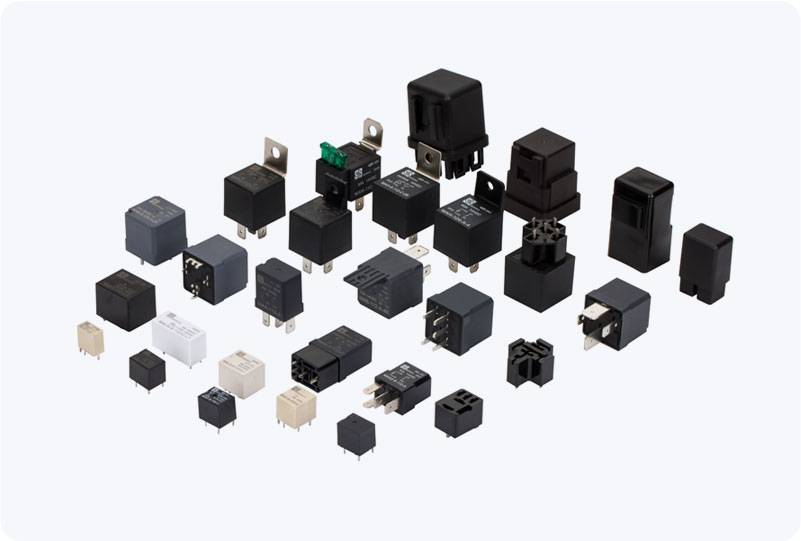
Power relays are integral components in electrical circuits, serving to control the flow of electricity by acting as switches. In various applications, including industrial machinery, automotive systems, and consumer electronics, power relays are subjected to high currents and voltages, leading to the potential issue of contact welding. Contact welding refers to the unwanted fusion of relay contacts due to excessive heat, electrical arcs, or mechanical stress. This phenomenon can severely compromise the performance of relays, leading to system failures, reduced lifespan, and costly downtime. Addressing the challenge of contact welding is essential for ensuring the longevity and reliability of electrical systems. This article explores effective solutions for preventing power relay contact welding and improving relay performance.
